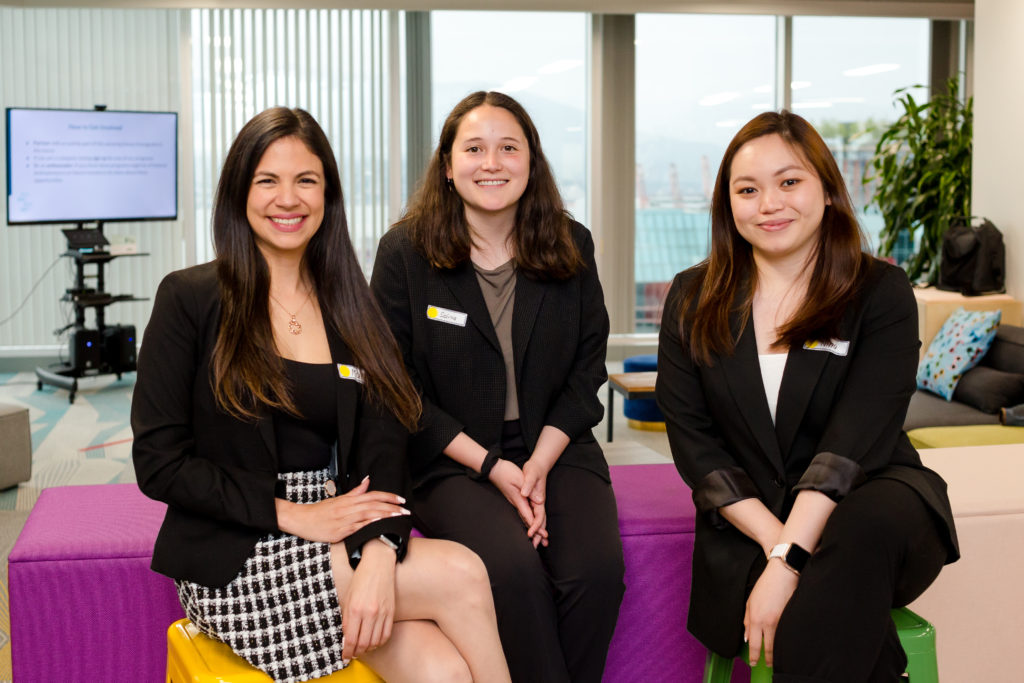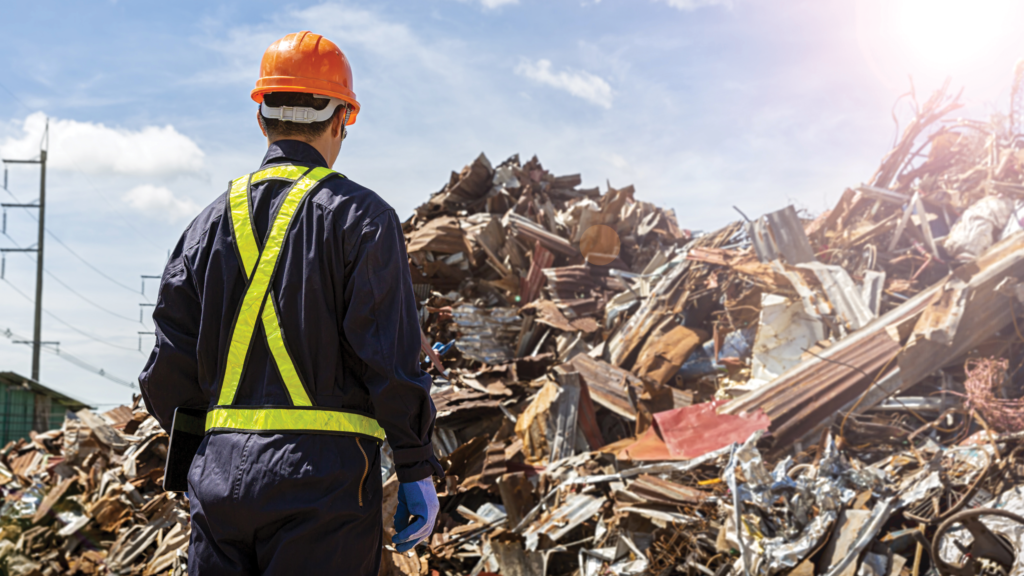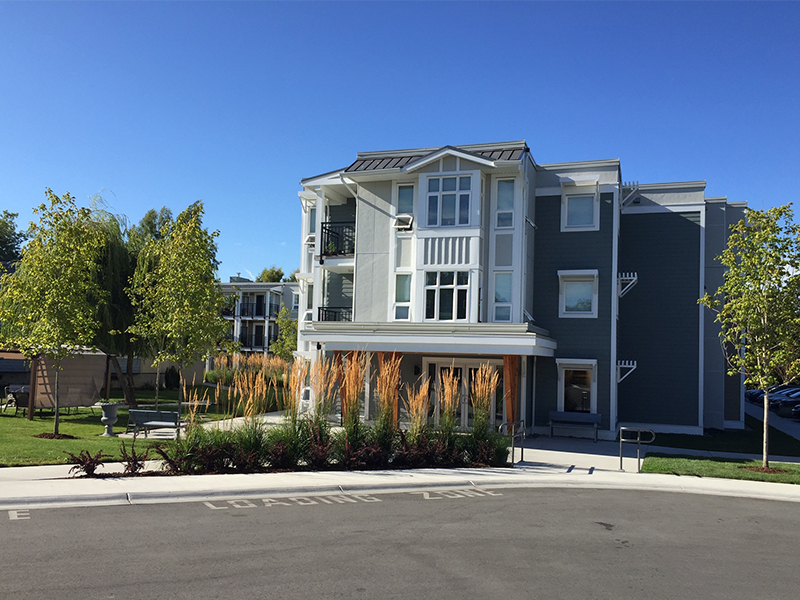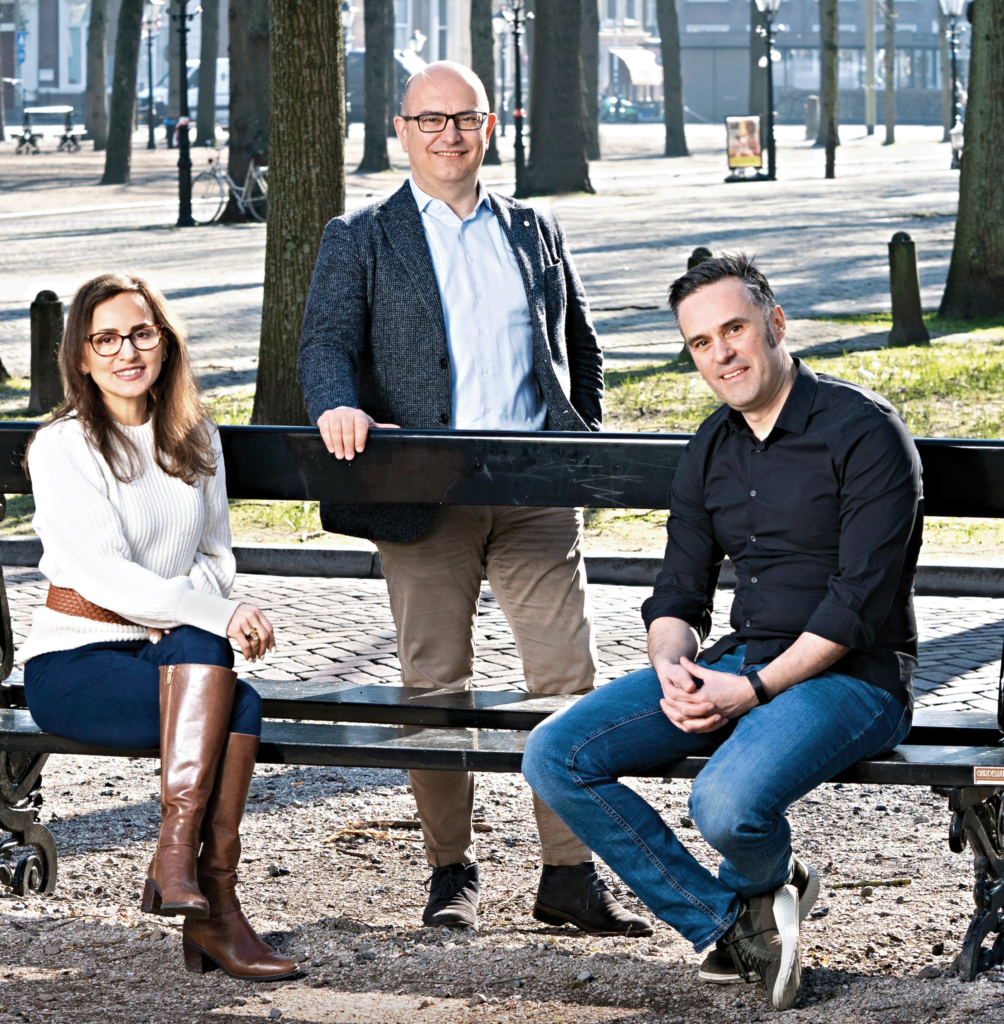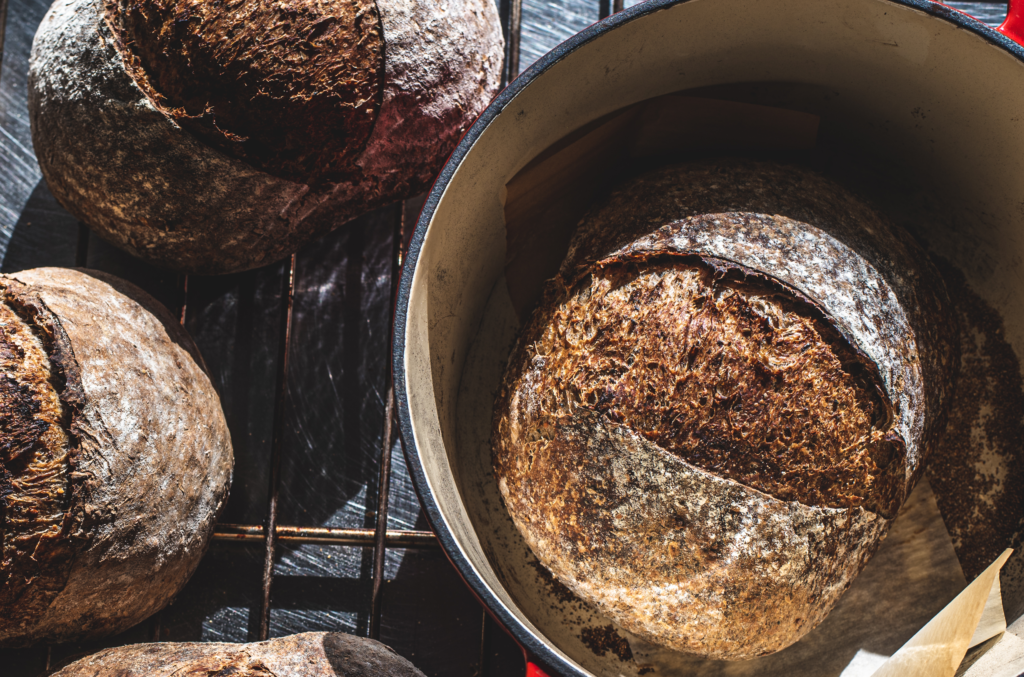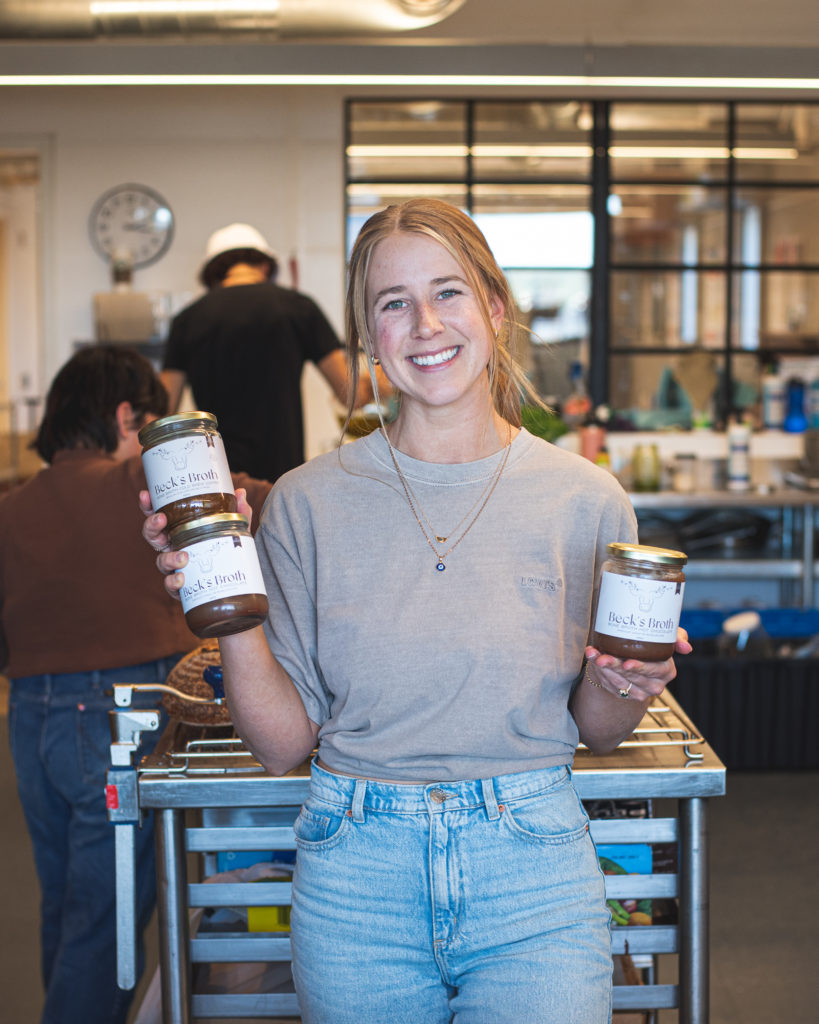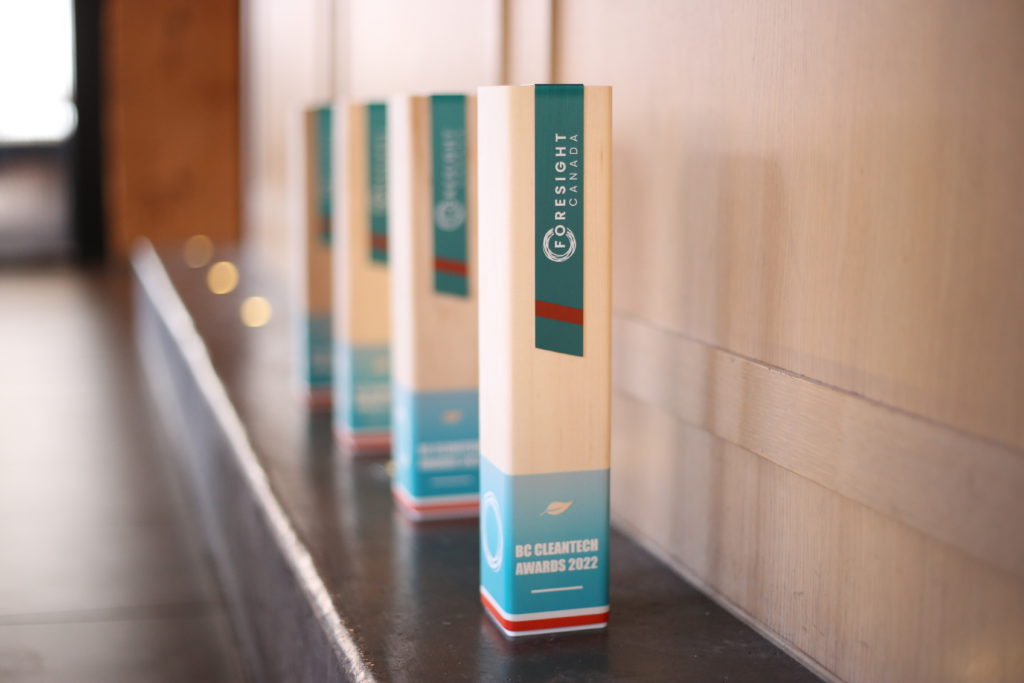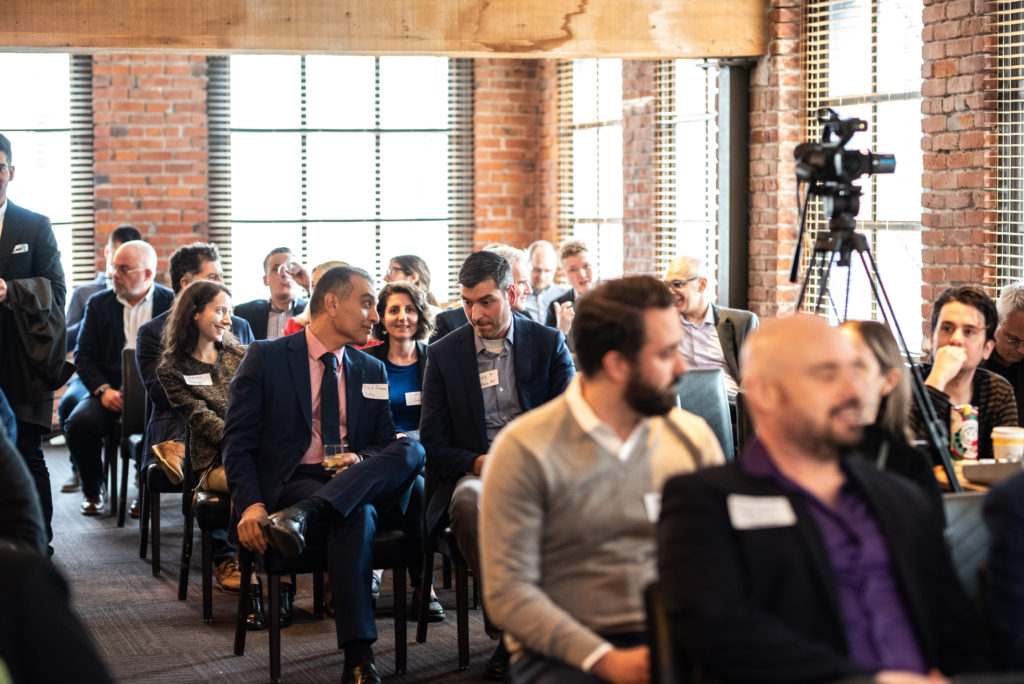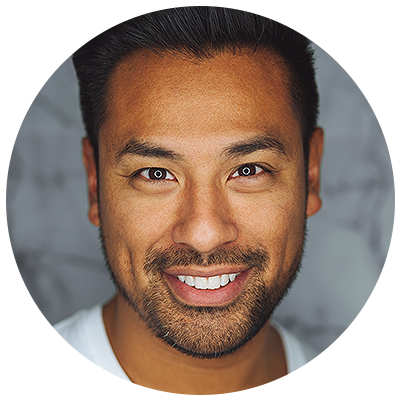Moms and mom figures make the world better. With Mother’s Day coming up, it’s the perfect time to celebrate everything they do, and there’s no better way to thank them than to give them purpose-driven gifts that support causes you both care about.
Sparx has compiled a list of sustainable Mother’s Day gift ideas that will make the mom(s) in your life happy while also benefiting people and planet.
***
Food & Drink

Make the mom in your life a sweet and eco-friendly treat with these delicious sustainable gift ideas. You can even try making them together.
Bangin’ Bannock Mixes – These Indigenous frybread mixes, made by Indigenous women duo, Bangin’ Bannock, are easy to make and come in eco-friendly packaging.
Bush Berry Mother’s Helper Tea – This tea is made specially for postpartum but is a beneficial and soothing blend for anyone who needs a little energy and well-being boost. Plus, it comes in 100% backyard compostable packaging from a plastic-free, farm-to-cup, BC-based brand.
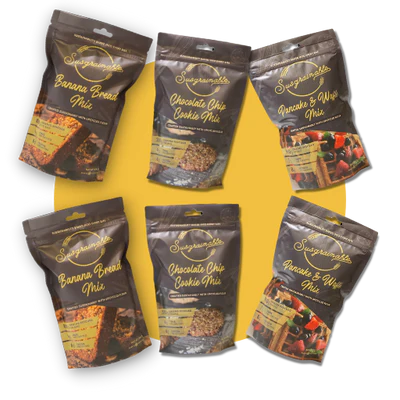
Susgrainable Chocolate Chip Cookie Mix – Moms’ cookies may be famous, but we’ve found a purpose-driven rival. Make mom a delicious batch of Susgrainable’s sustainable cookies, made from upcycled barley flour, to help save the planet and give a gut-friendly gift, loaded with dark-chocolate chips.
MUMGRY Chocolate Peanut Butter – Made by Black-owned and -operated brand, Mumgry, this protein-, vitamin-, and fibre-rich, all-natural chocolate peanut butter is made with moms, at all stages of motherhood, in mind. Delicious, healthy, and packed in sustainable glass jars.
Blume Latte Mixes – These organic and inventive superfood latte mixes are like a garden in a cup. They’ll keep both the mom in your life and the environment healthy, as Blume has partnered with CleanHub and Green Worms Waste Management to divert plastic from the ocean — with 7,000 lbs diverted in 2022 alone.
Personal Care
Moms and mom figures do so much for us. This Mother’s Day is the perfect time to pamper them with the gift of relaxation, sustainability-style.
Sealuxe Beach Glass Soap – Transport mom to the beach with this unique moisturizing hand soap. Each soap looks like a piece of beach glass and is made from sustainable and natural ingredients. Packaged in a glass jar, it’s both beautiful and environmentally-friendly.
Rebels Refinery Mother’s Day Gift Set – This gift set is loaded with Canadian-made, all-natural, sulfate- and paraben-free personal care items that will help mom feel pampered and healthy. Plus, each item comes in either refillable, recyclable, or reusable packaging. Contains: cotton bag, teal heart and pink stick natural lip balms, moisturizer, refillable hand sanitizer, face cleansing oil with reusable cotton pads, strawberry tinted lip balm, non-greasy hand lotion, and salt soap.
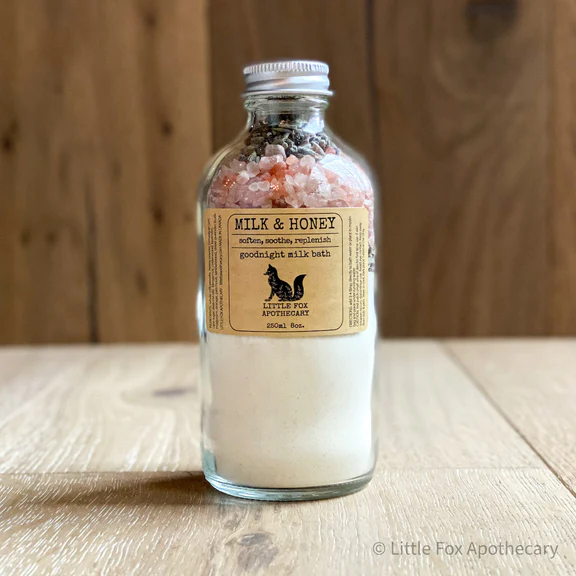
Little Fox Apothecary Milk Baths – Help mom relax with these 100% all-natural milk baths, made with Canadian and organic ingredients, essential oils, and Himalayan salt, and packaged in reusable/recyclable glass jars. A biodegradable bag is included to collect the petals.
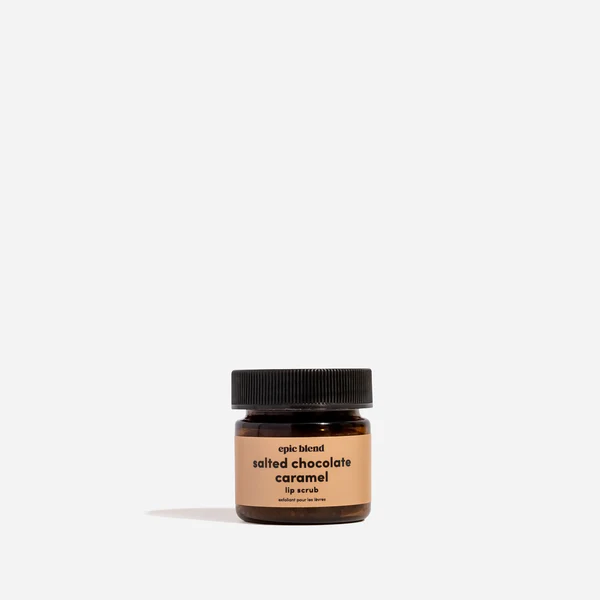
Epic Blend Salted Chocolate Caramel Lip Scrub – Vegan, Canadian-made, and in recyclable packaging, this lip scrub is packed with anti-inflammatory, antioxidant, and vitamin-rich ingredients, meaning it’s good for mom’s skin and tastes like dessert.
Loa Skin Botanical Recovery Mask – Formulated for all skin types, this vegan, non-toxic recovery mask is packed with microbiome-friendly ingredients and contains no palm-derivatives. And it’s a beautiful shade of purple. Plus, Loa Skin uses recyclable glass bottles and paper, custom-shape shipping materials, are partnered with Ecologi to help with reforestation and carbon dioxide reduction projects, and they measure their impact.
Bottle None Shampoo and Conditioner Bars – Canadian from the roots down, these haircare products are plastic-free, hand-made by the sister duo that owns the company, and made with clean ingredients — no phthalates or parabens here. Even the travel cases are made from 100% recycled Canadian plastic, making this a great zero-waste gift for the mom in your life.
Bare Skin Bar Garden Party Bath Bombs – With no fake colours, glitters, or foaming agents; a blend of ten different botanicals, herbs, fruits, and vegetables; and natural and reinvigorating ingredients like Rooibos tea, these Vancouver-made vegan bath bombs are an ideal choice for a sustainable soak.
Rocky Mountain Soap Co. Belly Butter – This Canadian-made, GMO-free, all-natural belly butter is a sustainable and soothing helper for the pregnant friend or relative in your life or any mom figure that wants smooth, itch-free skin.
Home & Decor
Compliment the aesthetic of the mom in your life with these eco-friendly home and decoration gift ideas.
ZOETSTUDIO candles – These container and tealight candles are a terrarium in a (food-grade, heat-resistant) glass. Handcrafted in small batches in Vancouver, these candles, made with lead-free wicks, phthalate-free fragrance oils, and soy wax make for a beautiful and fragrant gift for any mom that loves nature. Also available at Local Boom.
Fair Trade Winds Felt Flowers – These flowers never wither and are made using natural felted wool by women artists in Nepal. You can either choose a bouquet for the mom in your life or select individual flowers. Fair Trade Federation and Green America certified.
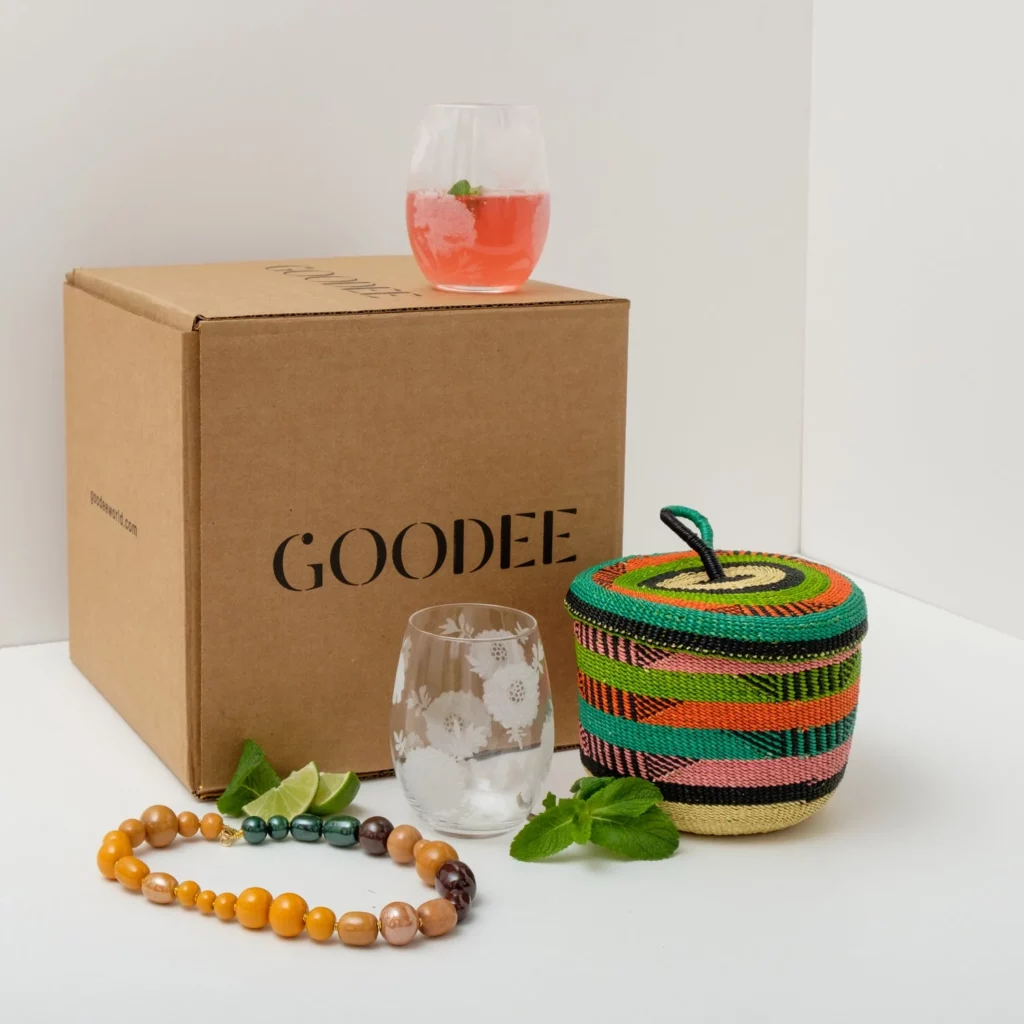
Goodee Made in Africa Set – Black-owned B Corp-certified brand, Goodee, has a Made in Africa Set that’s a unique gift for your purpose-driven mom figure. With a Kazuri necklace made in Nairobi, a Banasco Basket from Ghana-based brand Baba Tree, and tumblers made out of recycled glass by Kenyan brand Siafu Home, this gift set is made of natural materials, helps build positive change in a number of marginalized communities, and supports community engagement and gender advocacy.

Haws The Rowley Ripple Watering Can – Crafted to water with pinpoint accuracy to help even the most delicate of seedlings, these unique watering cans are a great gift for any eco-friendly mom who loves growing plants. Best of all, these cans support both gender advocacy and nature and wildlife conservancy.
Pure Living Lucia Room Sprays – With 12 beautiful scents, bundled into two different gift sets, Pure Living’s Lucia room spray line will fill any room or scent any fabrics in mom’s home with all-natural fragrances made with 100% essential oils. Pure Living is a Montréal-based brand that uses recycled and 100% recyclable materials for all of its packaging.
Clothing & Apparel
Give mom’s wardrobe a purpose-driven boost with these sustainable gift ideas.
Laura Elizabeth Kid-Friendly Jewellery – Moms with little ones won’t have to worry about accessorizing — they can safely wear this non-toxic, durable jewellery that’s safe for tiny mouths and too sturdy to break off the chain. Best of all, this jewellery is sustainable and ethical, locally-made, and uses recycled materials and recycled and biodegradable packaging.

Encircled Dresses – Give your mom or mom figure the gift of sustainable, ethically-made fashion with these dresses by Encircled, a Toronto-based, Certified B Corp brand that uses eco-friendly fabrics and offers Canadian-made fashion. They use 100% recyclable packaging, host team park clean-ups, use eco-friendly paper and products at their office, embrace diversity, and believe in standing up for human rights as well as protecting the planet.

TAMGA Designs Scarves and Hair Accessories – Made from sustainable beechwood fibres and GOTS eco-certified dyes, these light-weight scarves, headbands, and scrunchies are a great way to add a burst of colour to your mom’s wardrobe. TAMGA Designs is also a member of 1% For the Planet and partnered with Canopy Style and the Sumatran Orangutan Society to help protect Indonesia’s endangered rainforests.
Free Label Maternity Friendly Collection – Locally made in Toronto and Vancouver using sustainable materials and placed in 100% home-compostable packaging, these maternity-friendly garments are perfect for expecting or nursing moms and all mom figures looking for something comfy to wear.
Tentree Sustainable Activewear – For health- and sustainability-minded moms on the go, Tentree’s circular InMotion collection transforms old textiles and discarded water bottles into brand-new activewear. Great for movement and comfortable lounging.
Bonding Time
Want to give the mom in your life a Mother’s Day gift that will create lasting memories? Find sustainable activities you can do together. Go for a walk or even go out shopping for the day using your bikes to get around — taking along hand-woven Baba Tree Bicycle Baskets to carry your sustainable shopping finds.
Picnics and meals make for great bonding moments as well, and you can use Nature Bee Beeswax Wraps to safely travel to the park with your food. Or you can make your own board game together using alternative art supplies and upcycled, recycled, and recyclable materials — then test it out together!
Giftwrap Your Messaging with Sparx
Engaging in purpose-driven efforts to make the world better? The experts at Sparx can help package up your message and deliver it to your audience. Contact us for a free marketing consultation.
